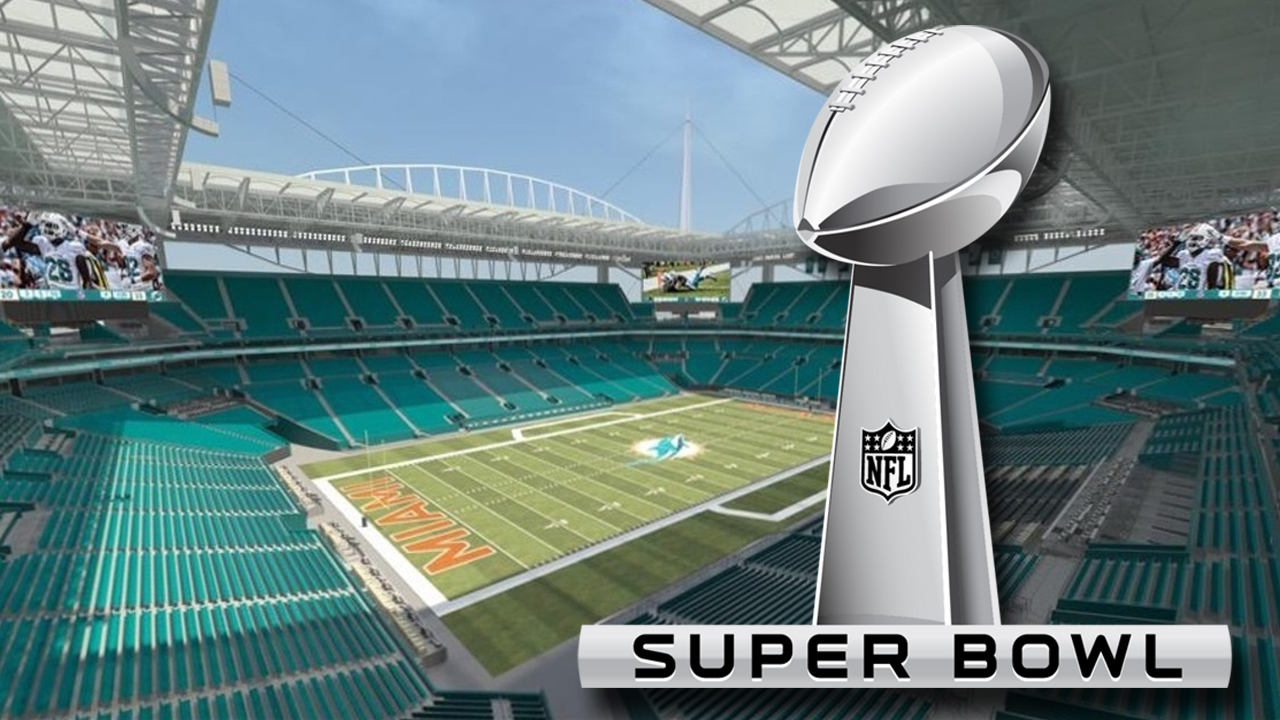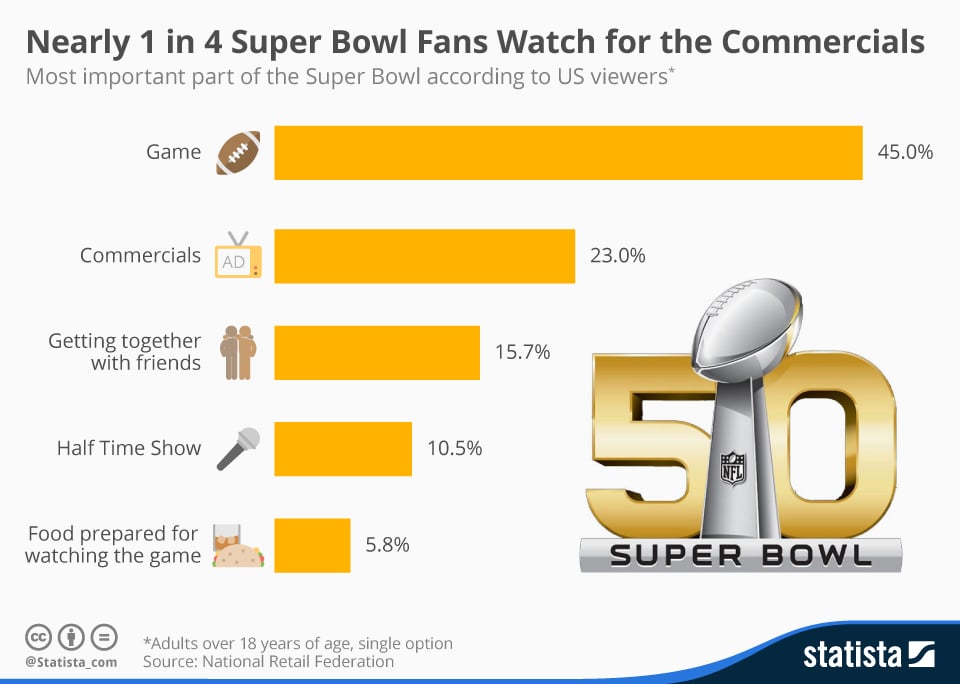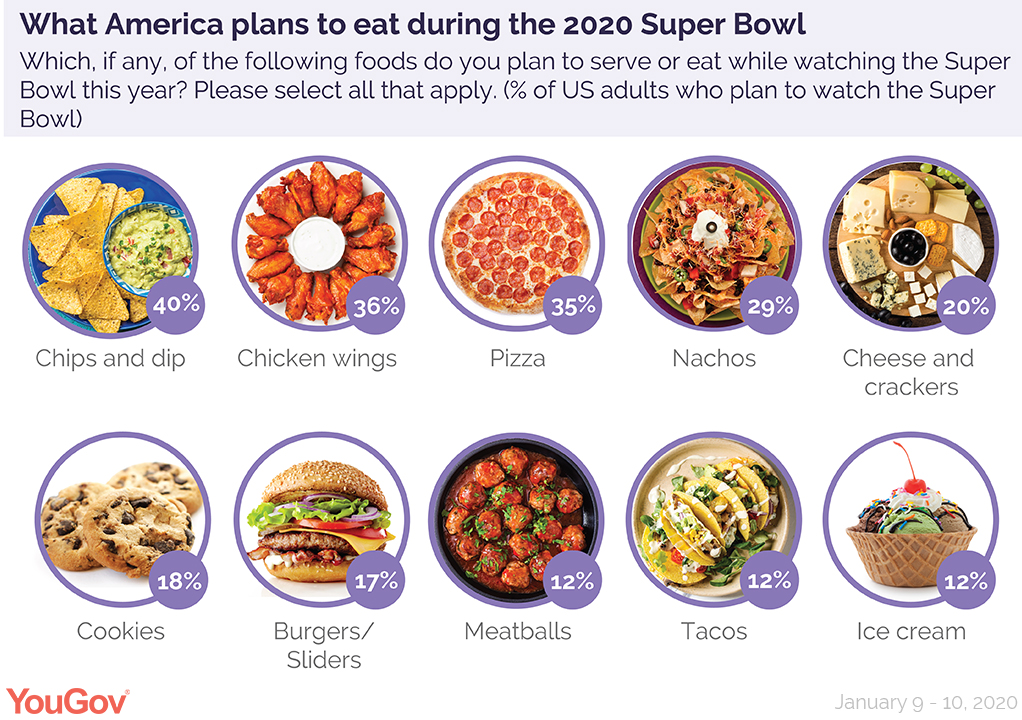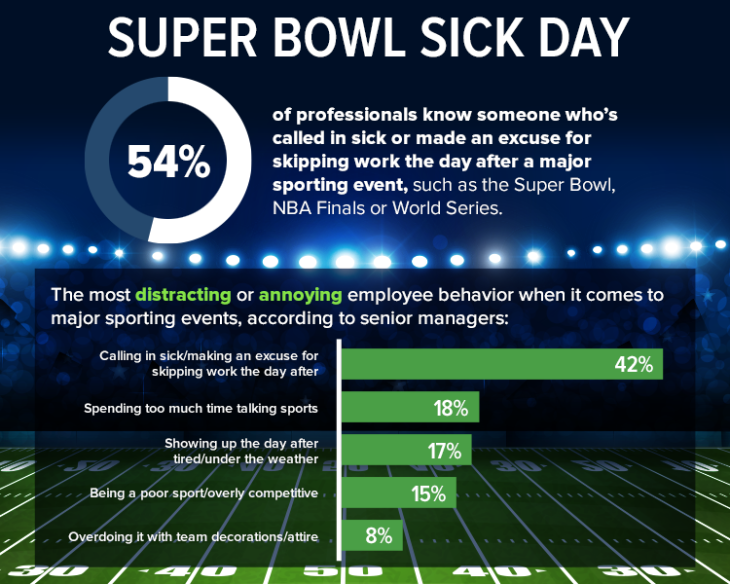
For those unfamiliar with the sport, the National Football League's (NFL) championship game, aka the Super Bowl, may seem like an ordinary season finale. However, don't tell that to the 194 million Americans who plan to watch the San Francisco 49ers and Kansas City Chiefs battle it out for the coveted Vince Lombardi Trophy at the Hard Rock Stadium in Miami Gardens, Florida, on February 2, 2020.
Some will tune in for the genuine love of the game, others to watch the creative commercials or half-time show, which this year will feature popular pop stars Shakira and Jennifer Lopez. However, for most people, the game is an excuse to host or attend parties and indulge in foods they usually avoid, or at least not consume in such excess. It is, therefore, no wonder that Super Bowl Sunday ranks as one of the country’s biggest food consumption days — second only to Thanksgiving.

The noshing will begin hours before the 49ers and Chiefs arrive at the stadium and continue long after the 2020 NFL champions have been crowned. The Nielsen Company estimates that Americans will consume $278 million of potato chips, $224 million of tortilla chips (accompanied by guacamole made from $62 million of avocados), $86 million of popcorn, and an assortment of other snacks before the game begins.
During the game, partygoers will turn to heartier fare, like pizza and chicken wings. This year, Domino's expects to sell over 2 million pizzas, while rival Pizza Hut anticipates dishing out more than 1.5 million pies, or enough pizza to cover 41,000 football fields!

Meanwhile, the National Chicken Council expects Americans to consume a record 1.4 billion wings, or 27 million wings more than in 2019. To put it in perspective, if laid end to end, the wings would stretch along the entire Florida coastline more than nine times! Other favorites include ribs (10 million pounds), bacon (12.5 million pounds), hamburgers (14 million), foot-long subs, and hot dogs. The food will be washed down with millions of gallons of alcoholic and non-alcoholic beverages.
As you may have guessed, the Super Bowl celebrations do not come cheap. A recent National Retail Foundation (NRF) survey estimates that in 2020, each consumer will spend about $88.65 on food, beverages, merchandise, and party supplies, for a total of $17.2 billion nationwide. This is a sharp increase from the average $81.30 spent during last year's Super Bowl, and one of the highest amounts since the NRF began tracking the expenses in 2005.

The unbridled junk food consumption does have consequences. According to the convenience store chain 7-Eleven, sales of antacids rise by 20 percent on the Monday following Super Bowl Sunday. Even worse, over 17 million people will not report to work on “Super Sick Monday," and those that do will not be very effective, resulting in a loss of about $1 billion in productivity. Unfortunately, the situation is likely to continue until lawmakers agree to the numerous petitions to declare the day after the game a "SMUNDAY" — a Sunday on a Monday — to allow revelers to recover.
Happy Super Bowl Sunday!
Go 49ers! Go Chiefs!
Resources: NRF.com, Wikipedia.org, www.qsrmagazine.com,www.businessinsider.com
